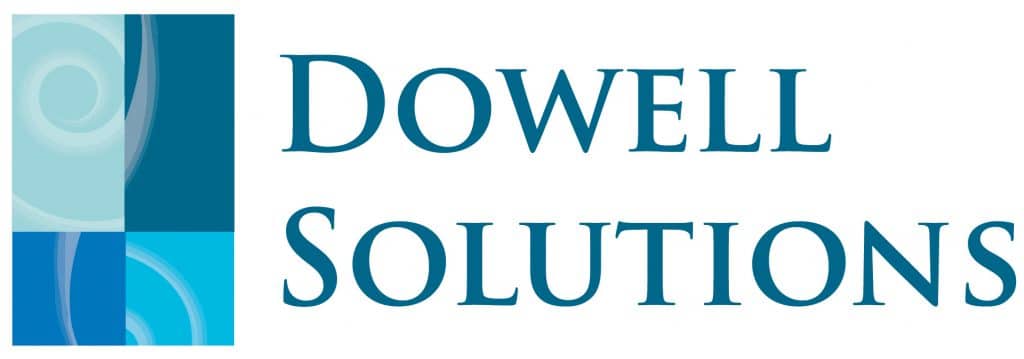In today’s workplace, a major transformation is underway in how safety is approached and managed.
Traditional models that relied heavily on strict enforcement and rigid guidelines are being phased out in favour of strategies that emphasise respect, understanding, and community involvement.
This article expands on the critical aspects of modern safety management, providing insights for a diverse and dynamic workforce that values autonomy and personal growth.

1. Understanding Today’s Workforce
The current workforce is vastly different from those of previous generations. Workers today are more diverse, dynamic, and educated. They value autonomy and respect over authoritative commands.
The outdated ‘command and control’ model often leads to disconnect and resistance. This resistance can be mitigated by adopting an approach that emphasises respect and mutual understanding, replacing fear with trust and collaboration.
2. The Need for Respect and Autonomy
Today’s employees expect to be treated as capable individuals who can make valuable contributions to their workplaces.
When safety management is handled with an iron fist, it sends a message that workers are not trusted, which can undermine morale and productivity. A respectful approach, conversely, promotes a more harmonious work environment and increases compliance.
3. Counterintuitive Consequences of Rigid Safety Enforcement
Rigid safety protocols can unintentionally lead to negative outcomes. An atmosphere of fear and reluctance to report safety issues can develop, which is contrary to the fundamental goals of safety management.
4. Impact on Reporting and Transparency
When employees fear reprisal, safety incidents may go unreported, leading to a false sense of security and a potentially hazardous work environment. Transparency is crucial as it not only ensures that all safety incidents are reported but also encourages a culture where safety improvements are continually sought and implemented.
5. The Power of Inclusion in Safety Practices
Involving employees in the development and implementation of safety measures leads to better outcomes. When workers are part of the safety conversation, they are more likely to feel responsible for the safety outcomes, there will be less resistance more ownership and less need to police policies.
Creating a Culture of Shared Responsibility
Shared responsibility is key in modern safety management as it transforms safety from a top-down directive to a common goal.
Shifting from Enforcement to Engagement
Engagement is the foundation of the new era in safety management. By focusing on educating employees about the reasons behind safety practices and protocols, organisations can foster a deeper understanding and appreciation of these measures.
The Role of Education and Mentorship
Educational initiatives that explain the ‘why’ behind safety practices empower employees to internalise these principles. Mentorship also plays an important role, as experienced workers can help guide newer employees, supporting a culture of continuous learning and adherence to safety protocols.
Collaboration is Key to Modern Safety Management
A collaborative approach to safety management not only increases buy-in from all levels of an organisation but also encourages a more proactive stance on safety.
Improving Ownership and Participation
When everyone feels they have a stake in safety, compliance and proactive safety measures increase. Collaborative strategies allow for the pooling of ideas and foster innovative solutions that improve workplace safety.
From Iron Fist To Open Hand
The shift from an iron-fisted approach to a more respectful and collaborative safety management strategy is not just a trend but a necessary evolution in the face of today’s workplace realities.

ABOUT THE Author - Kylie Dowell
Kylie Dowell is a seasoned WHS consultant, trainer, and safety advocate with over 25 years of experience helping Australian businesses create safer, compliant workplaces.
Through her partnership with TEAMS, an accredited Registered Training Organisation, Kylie delivers a wide range of training up to Advanced Diploma level, empowering businesses with the knowledge and skills to manage safety effectively.
As an approved trainer for Health and Safety Representative (HSR) courses by three Safety Regulators, Kylie has guided countless organisations in building stronger safety cultures and fostering healthier work environments.
Specialising in practical and effective safety solutions, she works closely with small and medium-sized businesses to simplify complex WHS requirements, making safety approachable and achievable.
When she’s not delivering high-quality training or conducting ISO 45001-certified audits, Kylie enjoys collaborating with her clients to design tailored workshops and strategies that suit their unique needs.
Ready to make safety simpler? Get in touch with Kylie today for personalised support.
